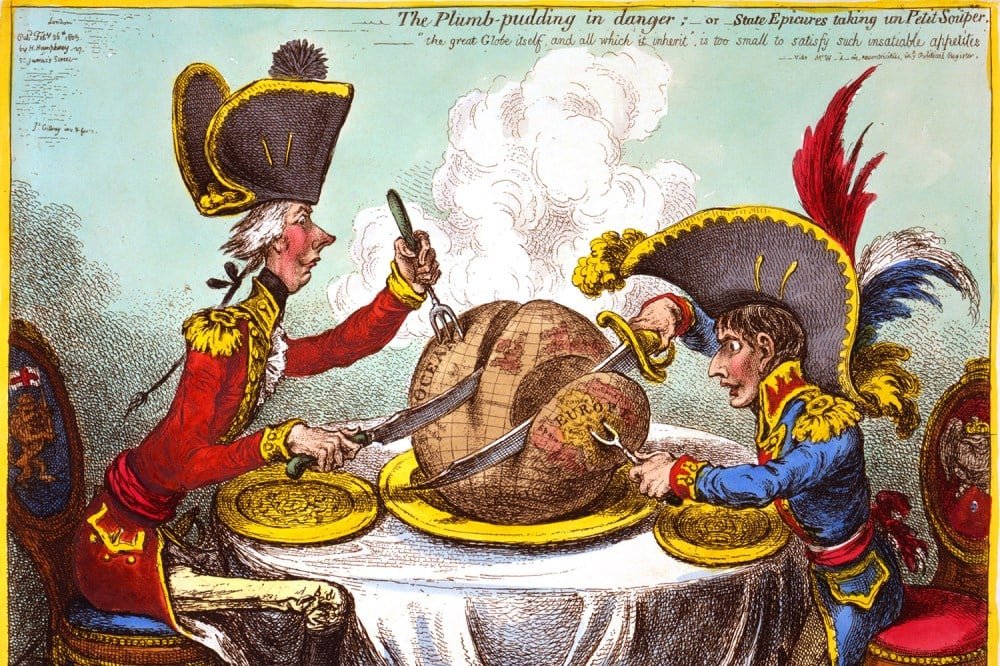[ad_1]
In 1885, Europe’s colonial powers signed the General Act of Berlin, which formalized a plan to carve up Africa. That international agreement included the first reference to a “sphere of influence”—a concept that would go on to drive international relations through much of the 20th century.
The spheres-of-influence approach to grand strategy largely fell out of public discourse at the end of the Cold War, a time of great hope for globalization and multilateralism. But now, many analysts argue that under the second Trump administration—not to mention the regimes of Russian President Vladimir Putin and Chinese President Xi Jinping—it is back with a vengeance.
In 1885, Europe’s colonial powers signed the General Act of Berlin, which formalized a plan to carve up Africa. That international agreement included the first reference to a “sphere of influence”—a concept that would go on to drive international relations through much of the 20th century.
The spheres-of-influence approach to grand strategy largely fell out of public discourse at the end of the Cold War, a time of great hope for globalization and multilateralism. But now, many analysts argue that under the second Trump administration—not to mention the regimes of Russian President Vladimir Putin and Chinese President Xi Jinping—it is back with a vengeance.
This edition of the Reading List considers the return of hemispheric ambitions and the renewed emphasis on geography in foreign policy, as well as the possible consequences of this shift in strategic thought.
Foreign Policy illustration/Getty Images
Spheres of Influence Are Not the Answer
Even if the great powers could carve up an interconnected world, Washington may not get the result it wants, Sarang Shidore writes.
U.S. President Donald Trump looks at his cell phone as Marine One arrives at the White House in Washington on Aug. 9, 2020.Samuel Corum/Getty Images
Trump’s New Map
America’s first post-literate president has only geography to fall back on, Robert D. Kaplan writes.
Soviet infantry in combat during the Battle of Kursk in 1943. Laski Diffusion/Getty Images
The 20th Century’s Lessons for Our New Era of War
Once again, Eurasian autocracies seek to upend the balance of power, Hal Brands writes.
U.S. President Donald Trump sits beside Chinese President Xi Jinping during a tour of the Forbidden City in Beijing on Nov. 8, 2017. Jim Watson/AFP via Getty Images
Asia Is Getting Dangerously Unbalanced
The Trump administration continues to create headlines, but the real story may be elsewhere, FP’s Stephen M. Walt writes.
A 1901 political cartoon depicts an Uncle Sam rooster with European roosters in the Monroe Doctrine coop (left) and South American countries running around free as smaller roosters. The original caption read: “Europe: You’re not the only rooster in South America! Uncle Sam: I was aware of that when I cooped you up!” Fotosearch/Getty Images
The Return of the Monroe Doctrine
U.S. responses to China’s growing presence in Latin America risk falling into an old paternalistic pattern, Tom Long and Carsten-Andreas Schulz write.
[ad_2]
Source link





